Nestled within the picturesque landscapes of Harju County in Estonia, the Lagedi Knight Manor stands as a testament to the historical significance of knight manors, known as “Rittergut” in German. These manors were pivotal as private estates, offering landlords certain privileges and rights over their lands, while also obliging them to fulfill responsibilities to the state. The Lagedi Knight Manor, with its rich heritage and unique architectural features, provides a captivating window into Estonia’s noble past.
Geographical Position of Lagedi Knight Manor
Lagedi Knight Manor is strategically situated in Harju County, within the territory of Jõelähtme Municipality in Harjumae. Its geographical location not only contributed to the estate’s functionality but also played a role in shaping its historical identity. Harju County, with its lush landscapes and historical significance, served as an ideal backdrop for the establishment of knight manors type during different epochs.
Knight Manors: Pillars of Estonia's Private Estates
Knight manors were the predominant type of private estates in Estonia, and the Lagedi Knight Manor was no exception. Landlords, privileged with rights over their vast estates, also carried obligations to the state. Membership in the local noblemen’s organization, or knighthood, conferred additional privileges, such as the right to vote in the local government of noblemen. The Lagedi Knight Manor, like many others, found itself listed in this prestigious registry, adding to its prominence in the region.
Throughout different historical periods, knight manors experienced varying size requirements, reflecting the evolving social and economic landscape of Estonia. These manors were not only symbols of wealth and influence but also centers of governance within the local nobility.
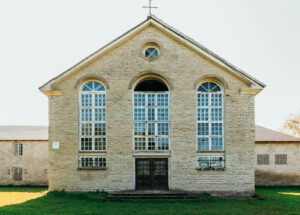
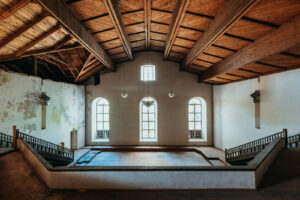
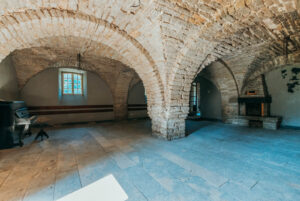
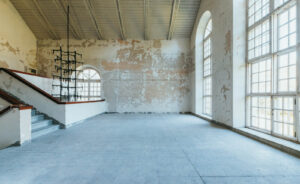
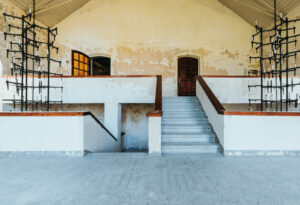
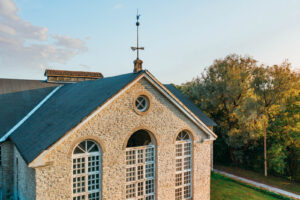
Structural Marvels of Lagedi Knight Manor
The architectural brilliance of Lagedi Knight Manor sets it apart as a historical gem. The manor’s structure reflects the distinctive features of knight manors, blending functionality with aesthetic appeal. The ground floor, constructed from massive ashlar, stands as a robust foundation, showcasing the durability and grandeur associated with these estates.
Moving upwards, the first and second floors adopt a half-timbered structure, adding a touch of architectural finesse. The relatively small entrance hall, while modest in size, exudes a sense of sophistication with its Renaissance ceilings. The hall preserves its historical charm, featuring old doors adorned with original iron fittings, providing a glimpse into the craftsmanship of a bygone era.
The upper floor of Lagedi Knight Manor boasts a baroque stuccoed ceiling, representing a period of opulence and artistic expression. This intricate ceiling serves as a visual testament to the cultural and artistic influences that shaped the manor during different epochs.
Historical Division and Continued Significance
According to historical records, the Lagedi Knight Manor belonged to the parish of Jüri in Harjumae. Despite the passage of time, the manor’s legacy endures within the boundaries of Jõelähtme Municipality, highlighting its continued significance in the cultural and historical tapestry of the region.
In conclusion, the Lagedi Knight Manor stands as an embodiment of Estonia’s noble past, offering a mesmerizing narrative of the era of knight manors. Its geographical position, architectural marvels, and historical significance make it a key landmark in Harju County. As we explore its halls and gaze upon its structural wonders, we connect with a bygone era, gaining insight into the lives of the nobility who once shaped the destiny of this enchanting estate.